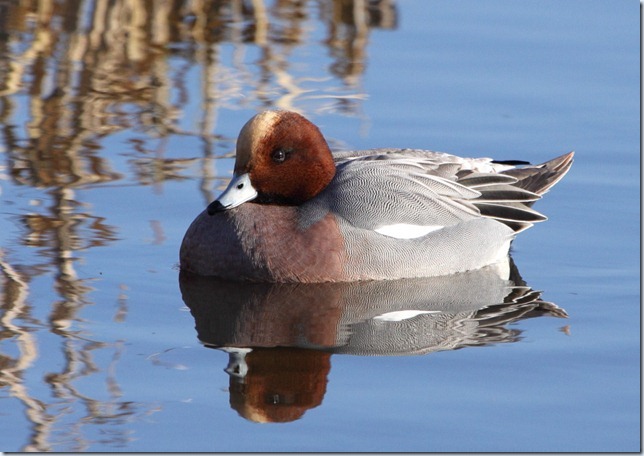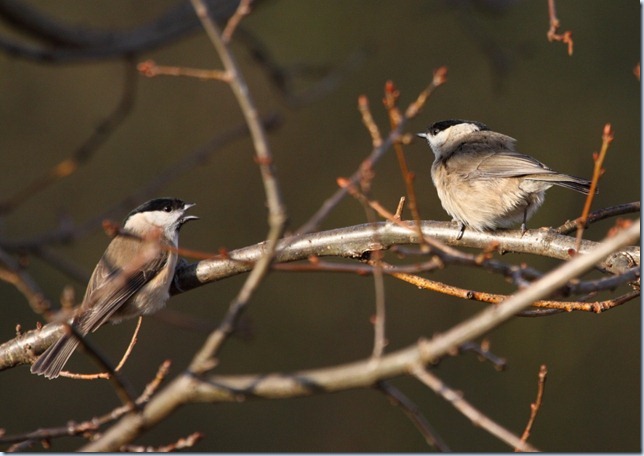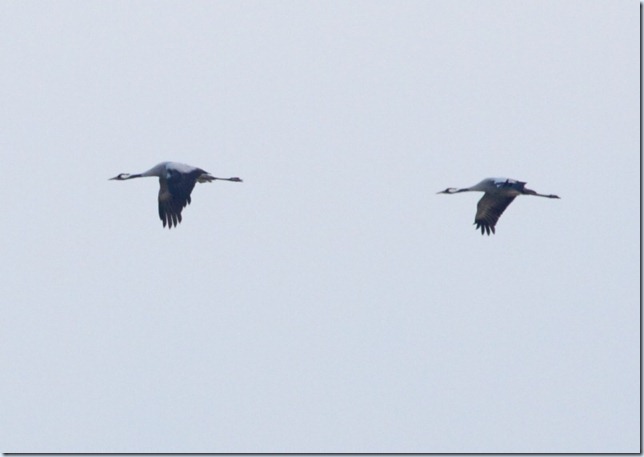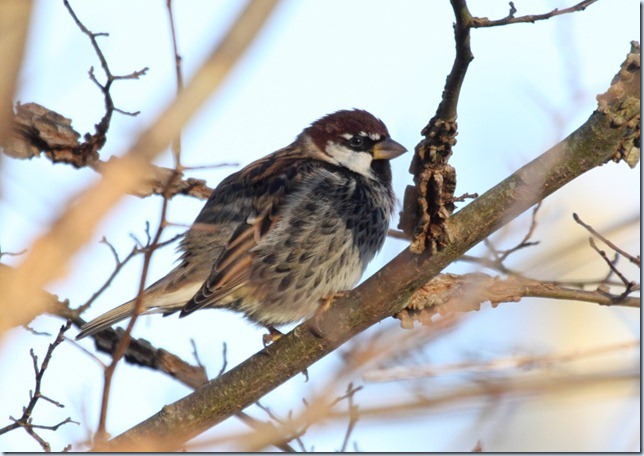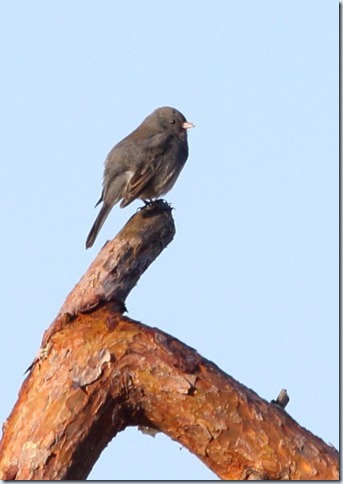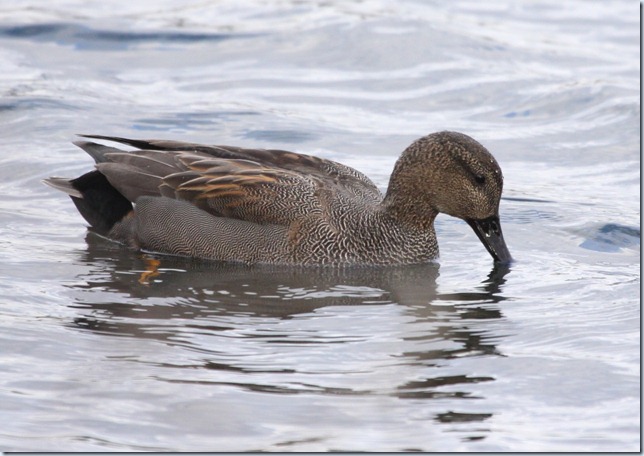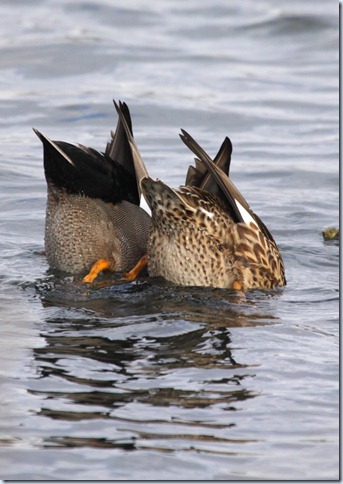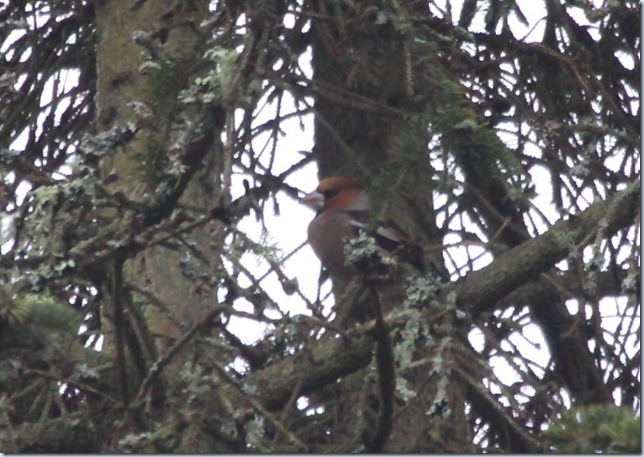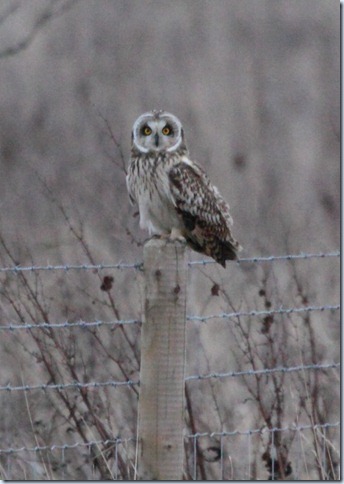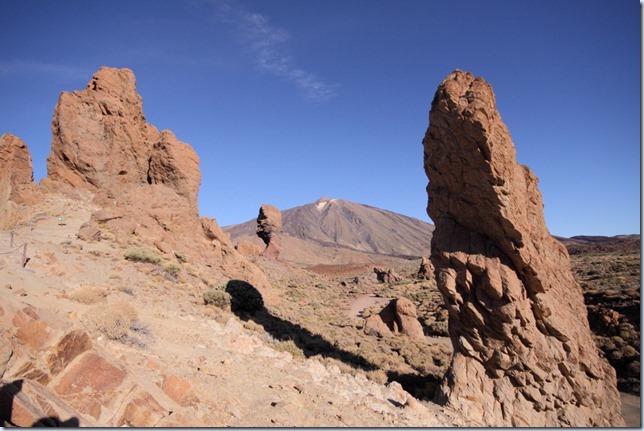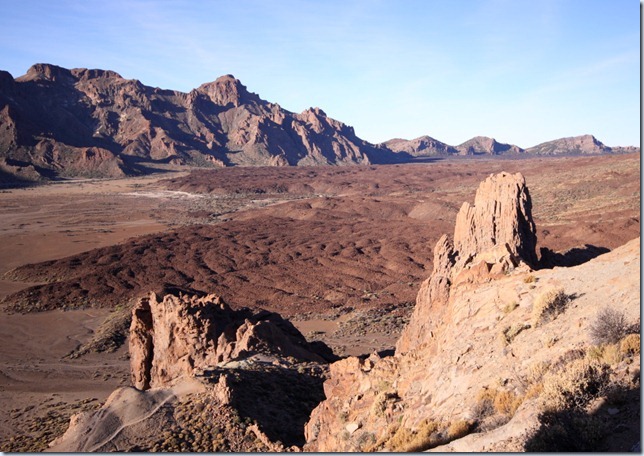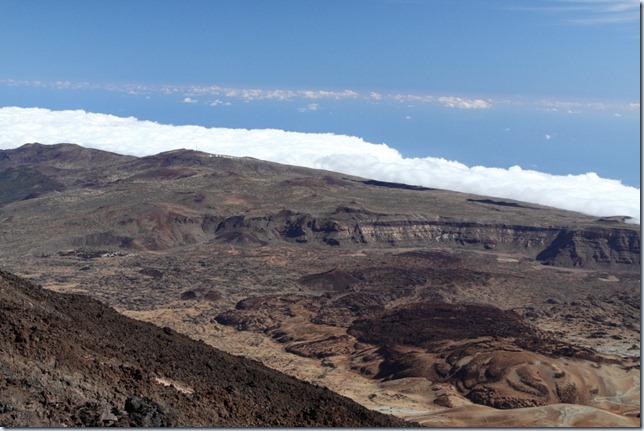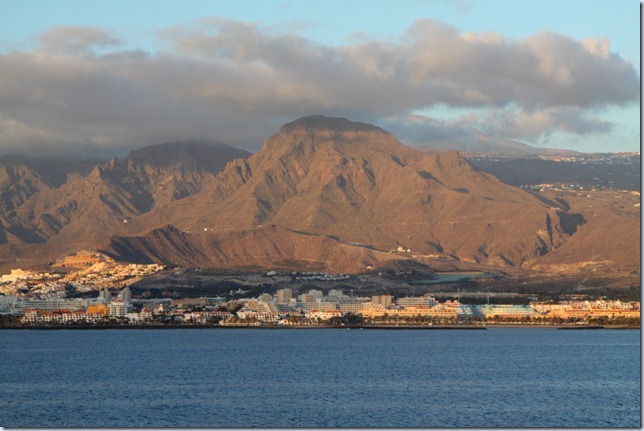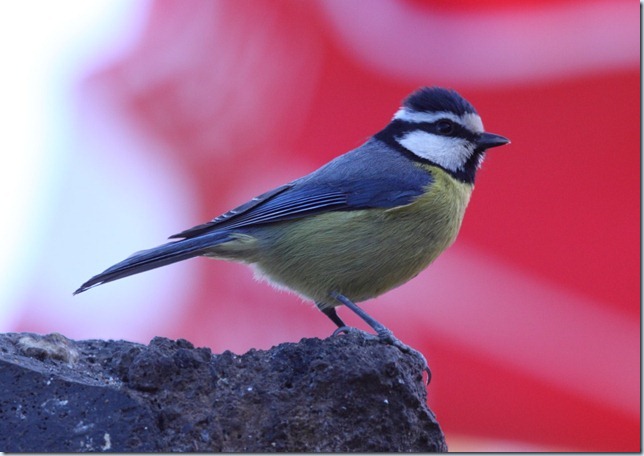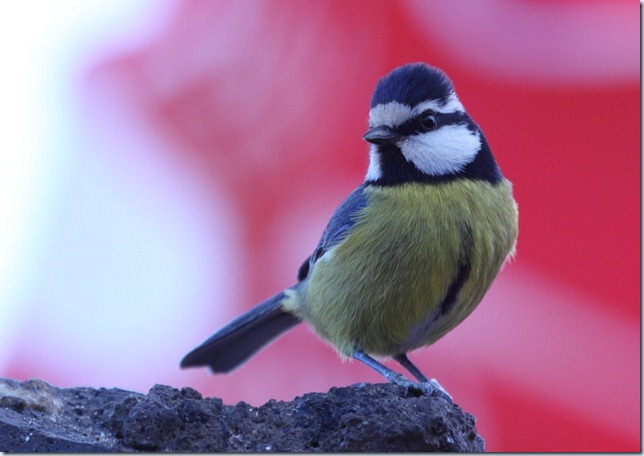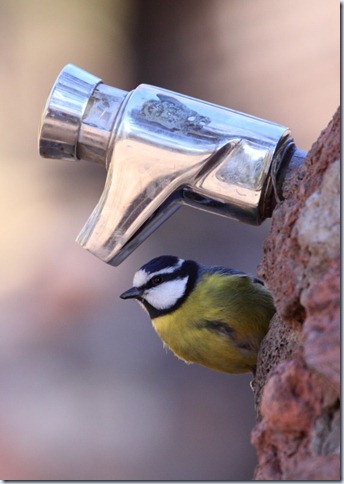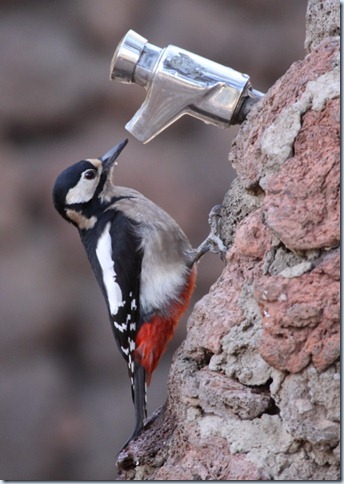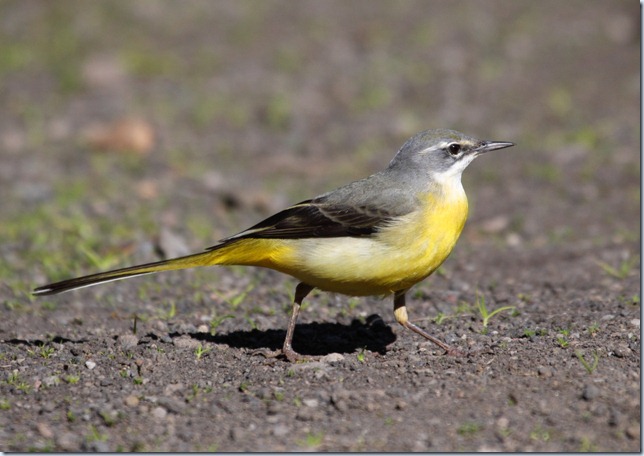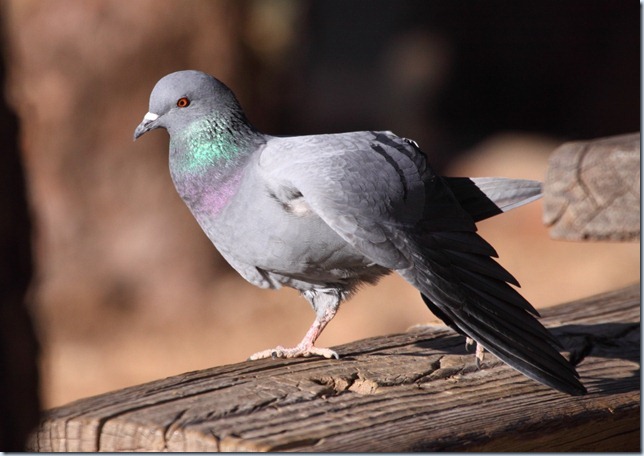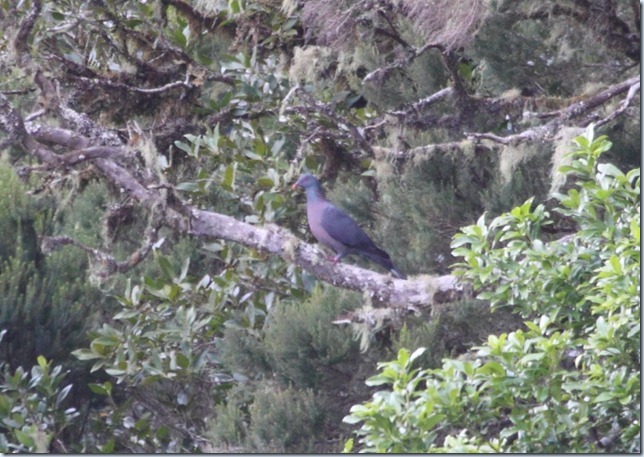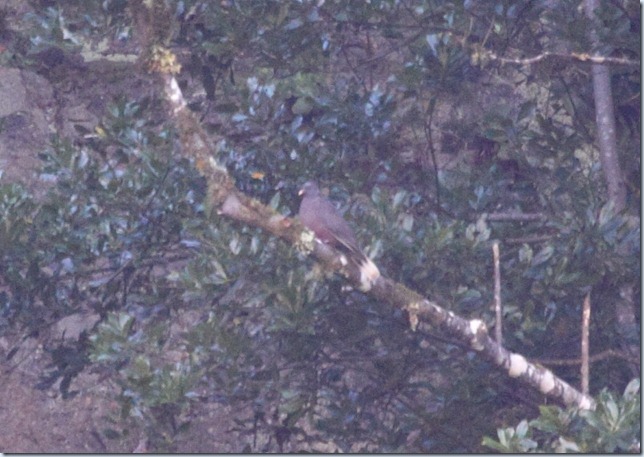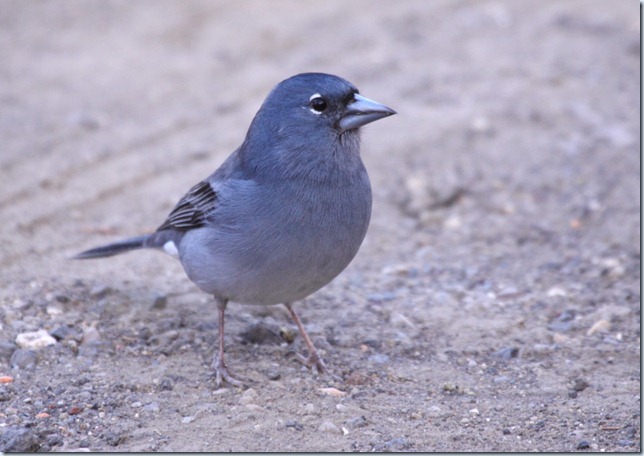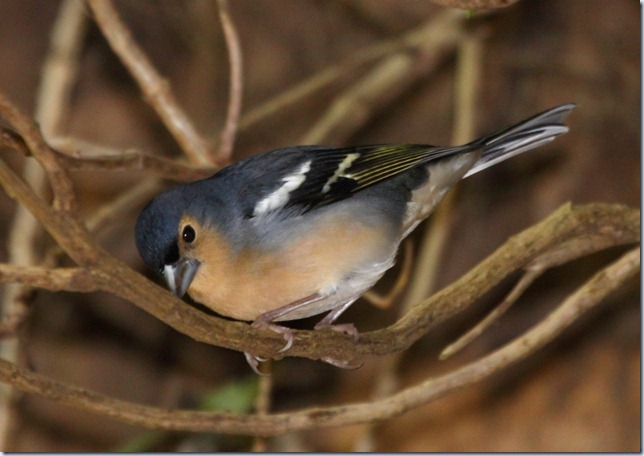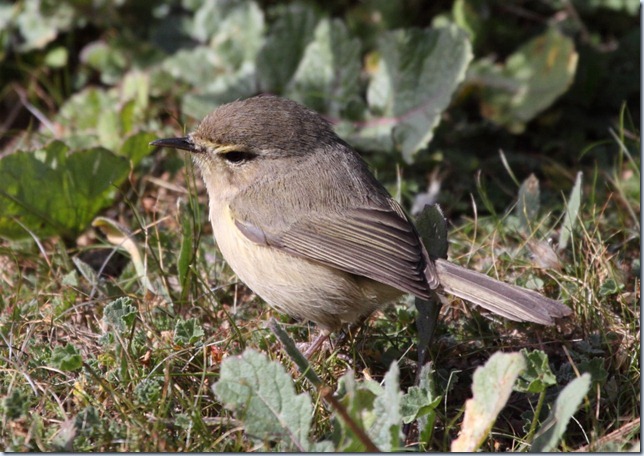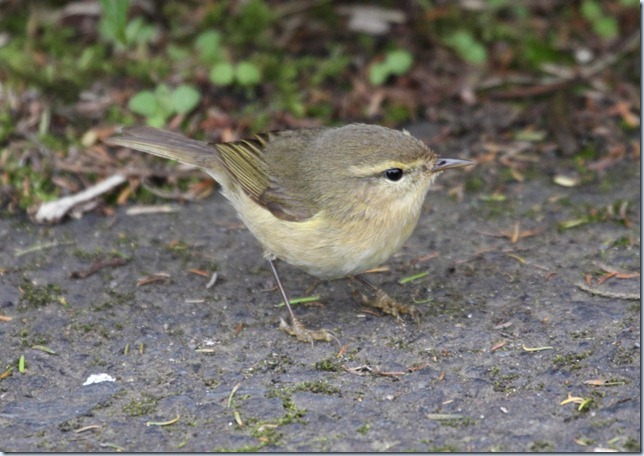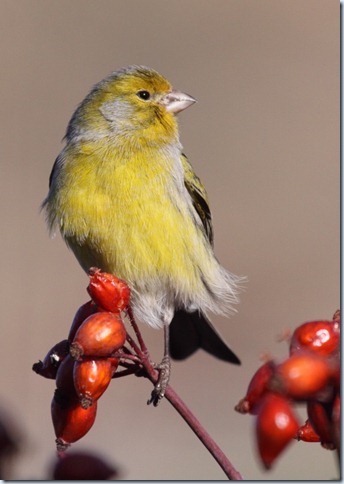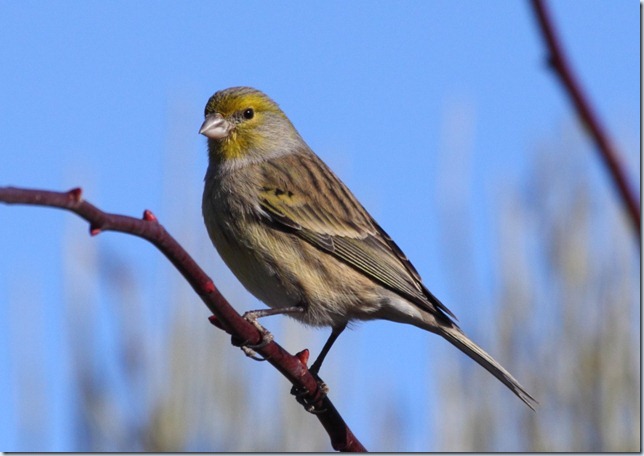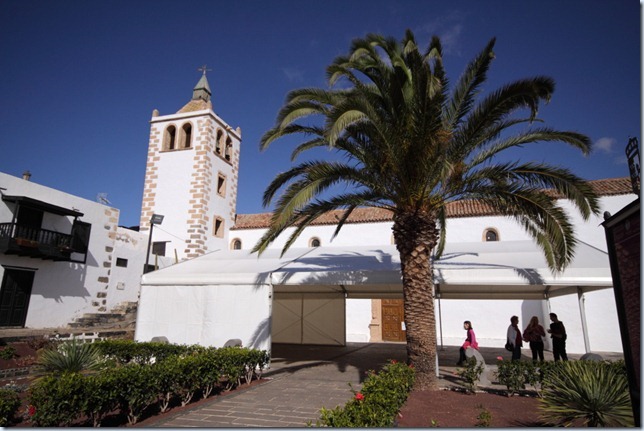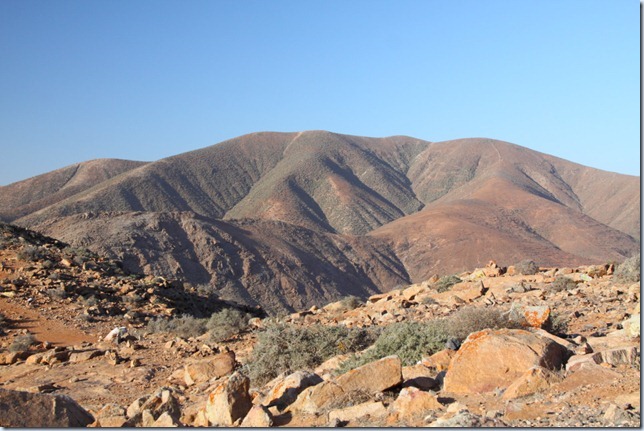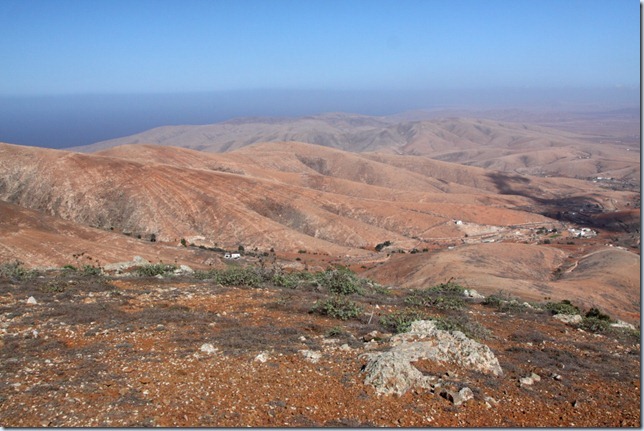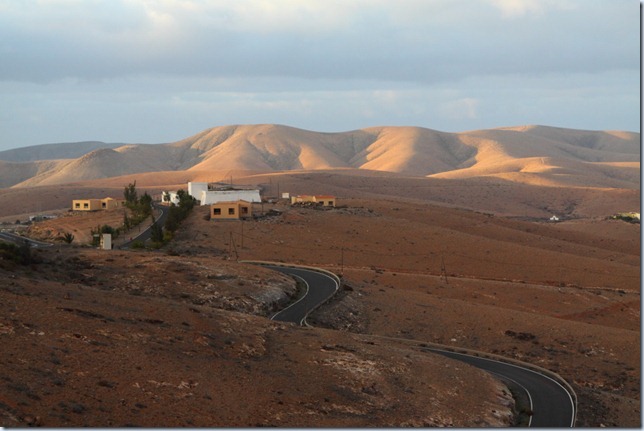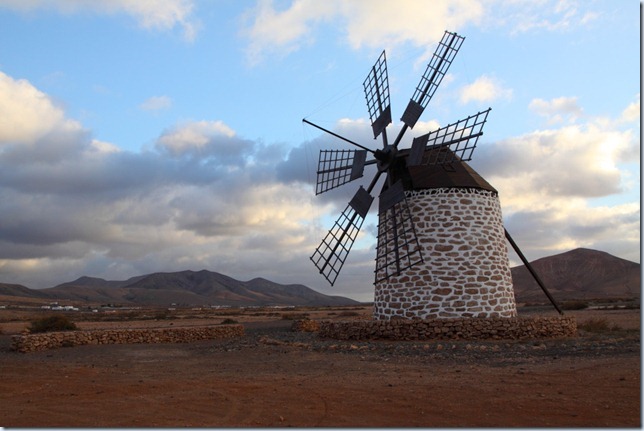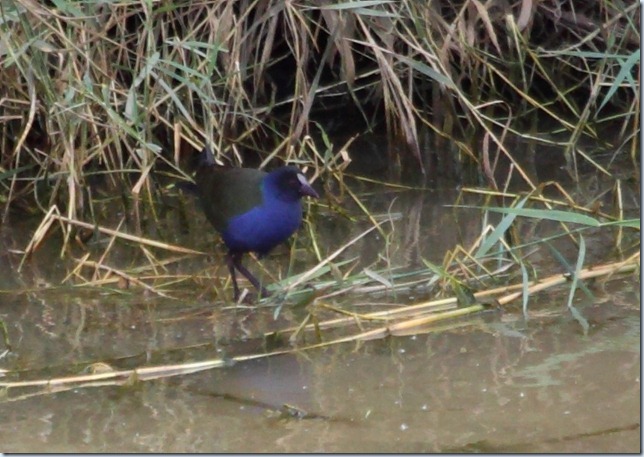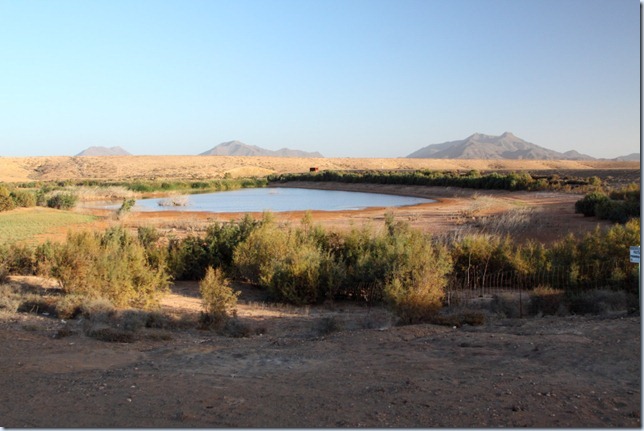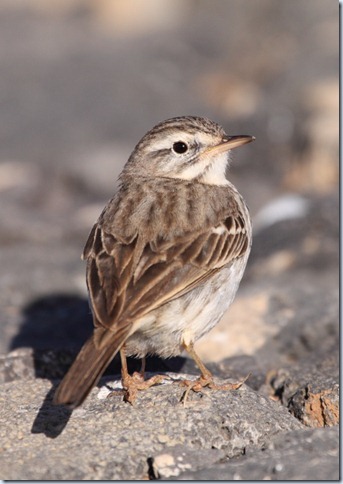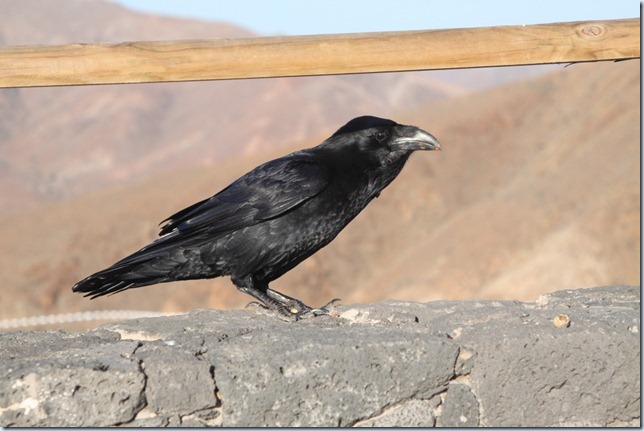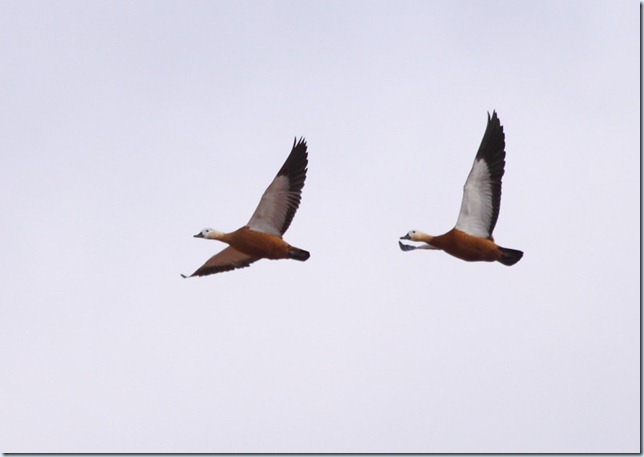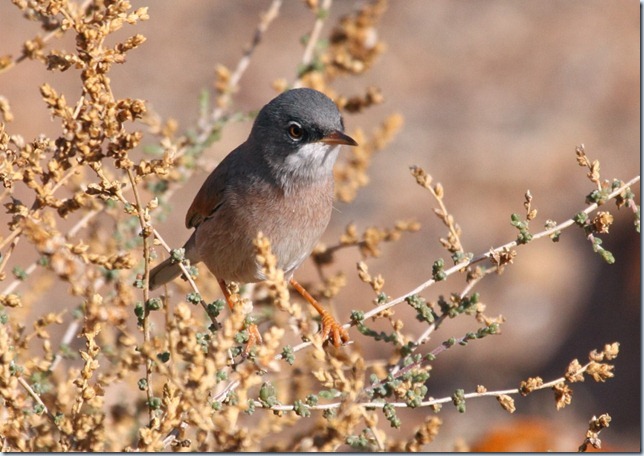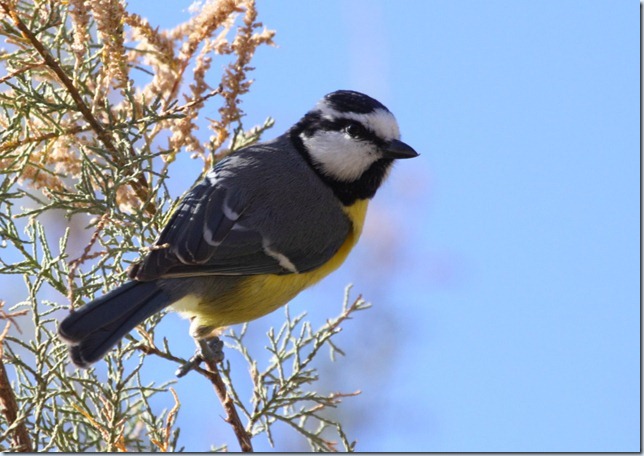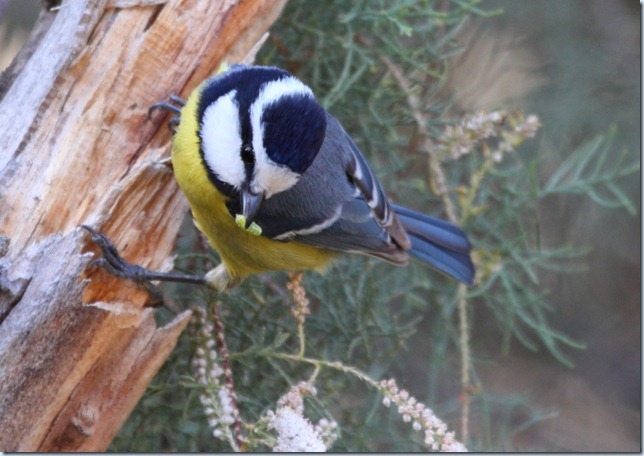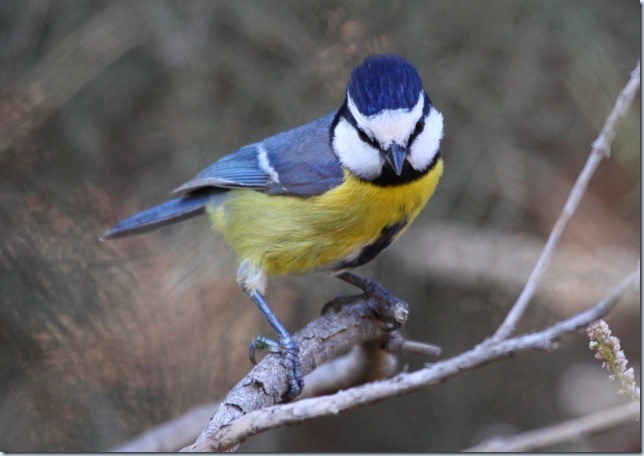159.
It’s not a particularly big number, in the grand scheme of things. I mean, take Stephen Hester’s proposed bonus – 3,600,000 shares, worth £963,000 – or the total UK government borrowing, at approximately £1,003,000,000,000. (Incidentally, I don’t think either of these are necessarily anywhere near as preposterous as the media have portrayed them to be… but that’s for another time and a more serious argument than I intend to make today).
But 159 is a rather surprisingly big number when placed in context. It’s certainly more than the equivalent number has been in any of the last 20 years. It’s the number of birds I’ve seen so far in 2012.
And I really didn’t mean to! Allow me to describe this weekend’s events, for example…
Suzanne and I hadn’t been up to Norfolk to see my parents this year, or indeed since returning from the Canaries – so there was plenty of catching up to be done. And with a sunny weather forecast, ample opportunity for some nice relaxing walks in the clean, unpolluted country air, too. Excellent! We left early on Saturday, and arrived mid morning… and no sooner had I arrived but my Dad wanted to go out birding. Outrageous! Clearly I tried my best to resist this anti-social and ill-timed suggestion, but faced with uncompromising determination, what could I do but go with him?
He wanted to take some photos of Wigeon in the sunshine – and on arrival at his chosen venue, grudgingly I could see the attraction. Look, they’re rather smart, don’t you think?
But here it all started to go wrong, alas. An unfortunate scan over the grazing marshes found a mixed flock of geese, some with orange legs and dark chocolatey heads! Of all the Wigeon sites in Norfolk, we’d ended up in the Yare valley, and I’d seen another new bird for the yearlist. And what’s this? A dinky-billed, yellow eye-ringed White-front poking its little neck up from the grassy sward into my field of view? My heart sank, and I insisted that we leave quickly before I saw anything else.
I picked a random point of the compass and drove for quite some time, heading steadily away from the despised geese, but regrettably ran out of land at Ness Point, Lowestoft. Rejecting the idea of plunging myself into the sea as penance, I merely covered my eyes. Fortunately no Purple Sandpipers approached to peck at my feet, and the Black Redstarts mercifully remained silent. Phew.
Seizing upon our unfortunately bird-friendly location, Dad, however, was very keen on looking for an adult Iceland Gull which had eluded him previously. At Hamilton Dock, there was no sign (triple phew!), so we headed over to Lake Lothing. There was a supermarket there to purchase lunch, too – how convenient. While I charitably and diligently searched for the gull (under duress, clearly), I couldn’t fail to notice a Shag feeding in the distance and, oh, a Black-throated Diver. Damn. But no Iceland Gull. Obviously, since I’m not yearlisting, I didn’t consider paying £1 to drive into a multi-storey car park to view the docks from the roof, either. That would just be silly.
Correcting my earlier navigational error, we headed back into Norfolk, and turning off the A47 at Acle, I had a brilliant idea: we could go looking for seals at Horsey! They’re cute and photogenic, and better still, they won’t increase my yearlist and I won’t get any more abuse directed my way from East London!
Keen (or suspicious) viewers will at this point note that the EXIF data in the photo above does not entirely support my tale. Once again, I regret to admit that I took a wrong turn, and found myself deep in the Broads amongst a maze of narrow lanes. Seeing signs for a Visitor Information Centre at Ranworth, I followed them, hoping to find a map that would correct my route to the coast – but alas, the centre was closed, and a thoughtless scan of the broad revealed a pointy-headed, ring-billed, spiky-tailed female aythya. The Marsh Tits sneezed in laughter as I wept.
Having determined that we were now quite close to home, and by now thoroughly depressed at all these unwanted additions to 2012’s notes, I considered heading back to base early – but decided it would be very rude to disrupt Mum’s preparations for dinner. Seeing a procession of cars heading up the A149 and into Hickling, I followed, intrigued. They all seemed to be heading down a narrow, muddy lane, to another visitor centre. What could be going on?
Hearing a strange bugling noise in the distance, I followed the crowds who appeared to be converging on a rather ramshackle windmill. How strange! Looking around as the noises got louder, I suddenly realised what was going on: they were BIRD-WATCHERS! And then these flew over before I could avert my eyes (or my lens):
D’oh! For the next hour, I tried hard to concentrate solely on counting the massing hordes of Barbour jackets Marsh Harriers, but try as I might, the booming tones of a fluorescent-waistcoated NWT warden couldn’t be ignored: “There are two Merlins operating in the vicinity of the old mill!”, he yelled, and before anyone could ask what exactly they were operating on (surgically tearing apart an unfortunate Meadow Pipit, perhaps?), an involuntary reaction had taken hold of my palm on the tripod handle, and I’d swung round to year-tick yet another new bird. A sad day, thoroughly unpleasant.
Returning home to reflect on my failed attempts at avoiding birds (and the 150 species now nestling in my notebook), I decided to abandon further attempts at list containment. It just hadn’t worked. So on Sunday, I filthily ticked my way round north-west Norfolk, resulting in the large number at the head of this post, and culminating with a rather superb Black Guillemot at Holkham. Quality – a genuinely tricky bird to see in the county, and totally unexpected.
However, obviously I really wish I’d stayed in London, spent every waking moment trailing round my nearest ‘green space’, beating errant dogs off my shins, getting hacked off with their chavvy owners and seeing b*gger all, don’t I? Clearly that would clearly be superior… in some way that I can’t even begin to fathom.
